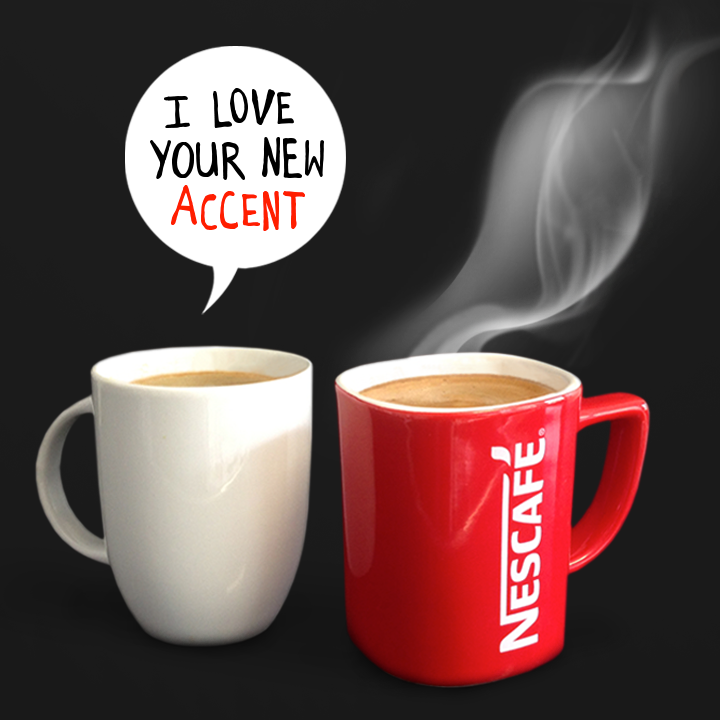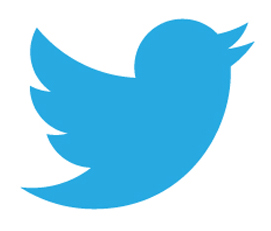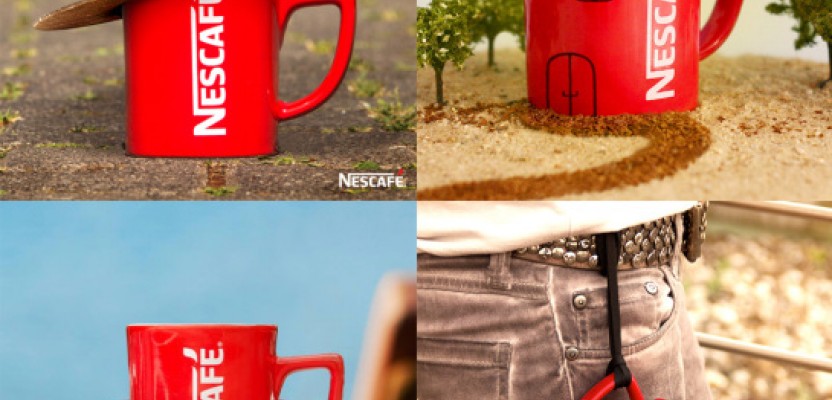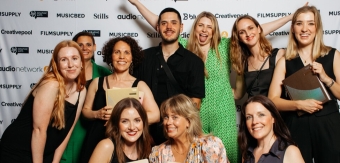Back in 1938, Nescafé brought instant coffee to the world's lips for the first time. 76 years later, it is still the instant coffee of choice for the baby boom generation and their jars continue to stock kitchen cupboards all around the globe. As the fifth most valuable food and drink brand and one of the world's most distributed instant coffee brands, its rich heritage within the category is undeniable. Now the Swiss brand has unveiled a new identity that is set to extend across all its products and collateral globally.
 Nescafé's original logo sits alongside the new design.
Nescafé's original logo sits alongside the new design.
With the increase of global competition from growing companies such as Starbucks, Nescafé now wants to capture the imaginations of a wider demographic and encourage a whole new generation of coffee drinkers to switch the kettle on. The way to do this? A brand refresh and global portfolio alignment.
"Nescafé is our largest single brand and one of the cornerstones of our company," says Patrice Bula, Nestlé's Global Head of Marketing. "But we now live in a more globalised, social world and we realised that we needed a more unified, powerful umbrella for a brand like Nescafé - a single personality that could also be expressed differently in each country."

Designed to look like steam emerging from a brimming cup of coffee, Nescafé's acute accent is the new star of the show.
Whilst this isn't a bad attempt at consolidating global brand communications, it's not great either. It's clear that the rounded typography is designed to convey indulgence, but the strong character of the original brand seems to have been lost. And it seems that we're not the only ones who are unimpressed, we spotted some comments online likening the refresh to a number of well recognised marks.

 Is the new design too similar to the Air France logo or the Twitter bird?
Is the new design too similar to the Air France logo or the Twitter bird?
At first glance, the typographical changes to the logo seem as simple as a shift from serif to sans-serif, although the diagram (below) demonstrates the thought that has in fact gone into altering the word mark. While hardly ground-breaking, the alterations made do actively shift the logo's dynamic. The line encompassing the type maintains brand equity, although its synergy with the accent is questionable. Perhaps the shape comes from the 'N', either way it's confusing.

The The thought processes behind the new design.


It appears as if Nescafé's refresh has served to make its portfolio and communications more disparate rather than cohesive.
Nescafé's main aim was to create cohesion across its portfolio, but it certainly isn't present here. The packaging leaves a lot to be desired. The category is very different to what Nescafé is used to, with a glut of global power brands offering a lot more choice to consumers. It's a pity that the brand hasn't leveraged its packaging against the highly ownable 'round/square' cup.
Is a new logo really enough to create the stand out needed to affect the drastic demographic shift that Nescafé desire?






